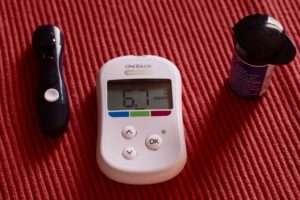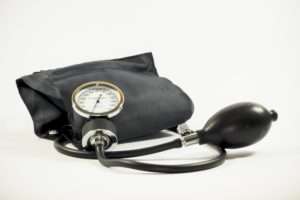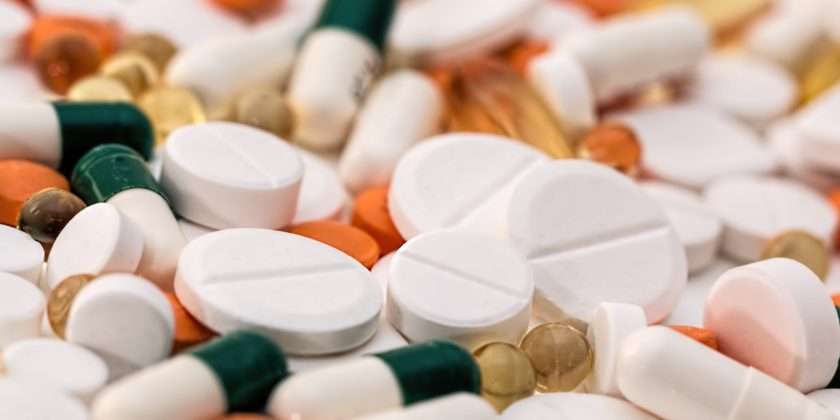Ralph Waldo Emerson said, “Money often costs too much.” This is true when the pursuit of money by drug companies lead to harmful products. In the United States, the Food and Drug Administration (FDA) is the government agency charged with protecting the public.
The U.S. Food and Drug Administration is taking new steps to strengthen and modernize the process for issuing a public warning about a voluntary recall and for notification of recalls1.
Most companies collaborate with the FDA to rapidly initiate voluntary recalls and work with their supply chain partners to remove the product from shelves to prevent further distribution. And in general, a recall occurs quickly when the problem is discovered. However, there are situations where the FDA may need to provide safety advice to the marketplace to protect consumers.
In part to address these circumstances, in January 2018, we announced draft guidance for strengthening public warnings and notifications of recalls. It was the first in a series of policy steps that we’ve taken this past year to better arm consumers with information to protect themselves and their families. Over the last year, we’ve also issued draft guidance that describes situations where we will disclose retail information for recalled food products. And in November 2018 we finalized our mandatory recall guidance for foods, intended to provide answers to common questions about the mandatory food recall provisions.
Appropriate Public Warnings
We’re taking a new step to help ensure appropriate public warnings and notification of recalls when FDA-regulated products are involved. The final guidance we’re issuing today outlines circumstances when a company should issue a public warning about a voluntary recall, describes the general timeframe for companies to issue such a warning, discusses what information should be included in a public warning, and describes situations where the FDA may take action to issue its own public warning should a company’s warning be deemed insufficient. It also describes the FDA’s policy for moving forward with posting recalls to the FDA’s Enforcement Report, which is a web listing of all recalls monitored by the FDA, in some cases before a final health hazard evaluation is completed.

We’ve already begun implementing the recommendations outlined in the final guidance. In accordance with the draft version of this guidance, we have issued alerts or consumer warnings
related to many products like Kellogg’s Honey Smacks, recalled vegetables, romaine lettuce, angiotensin II receptor blocker (ARB) drugs like valsartan, losartan and irbesartan, and King Bio homeopathic products. In April 2018, we also issued the first mandatory recall order for kratom products. And, this past summer the agency released detailed retail distribution information by the state during a recall of pre-cut melon associated with an outbreak of Salmonella infections, so consumers could better identify where the recalled food may have been purchased or distributed.
2018 was a 5 year low in Recalls per FDA
Some may feel like they’re seeing more recalls. In actuality, for fiscal year 2018, there were a total of 7,420 recalls with 831 that were classified as the highest risk. That figure represents a five-year low in recalls. However, the reason why recall notices might seem to have increased is that our publicizing of these events has become more prominent. We’re routinely providing more information on recalls and other safety issues that have happened. We’ve also been communicating more frequently and, in many cases, directly to consumers through the agency’s social media. I believe that it’s critical for consumers to have this information so that they can take an action to protect their own health.
Our ability to detect, track and trace potential or known problems with products continues to improve as we implement new technologies across the agency and as companies implement their own technological advances throughout their supply chains. Whole Genome Sequencing — a kind of DNA fingerprinting — has allowed federal, state and local health officials to detect related illnesses, match them more often with a food product, facility or environment, and trace the contamination to the source.
Modernizing Their Efforts on Recalls

We’re advancing other new steps to modernize our efforts and to improve how we provide information to consumers. Our experts are evaluating how new technologies might be used to notify consumers if they’ve purchased a product that is later recalled. Our labs are currently testing cutting-edge technology that can screen for multiple allergens simultaneously and even technology that shrinks the genetic testing of pathogens from machines that were once the size of an entire room to a device that’s smaller than many smartphones. We’ll also be working to improve product traceability by tapping into modern approaches, such as blockchain technology, to further advance our mission of protecting public health.
Consumers should expect to continue to see more frequent communication on potential risks to their health. We’ll continue to seek out opportunities for improved processes, education and awareness. And we constantly strive to learn from every recall, and every issue, so that we can help to prevent future recalls and to work quickly with companies to remove the products from the market.
Faster Removal of Products from the Market?
I remain committed to investing in the FDA’s recall and outbreak programs, building on our successes, and applying the FDA’s leadership and expertise to protect American families and keep our nation safe.
The FDA, an agency within the U.S. Department of Health and Human Services, protects the public health by assuring the safety, effectiveness, and security of human and veterinary drugs, vaccines and other biological products for human use, and medical devices. The agency also is responsible for the safety and security of our nation’s food supply, cosmetics, dietary supplements, products that give off electronic radiation, and for regulating tobacco products.

Partial List of withdrawn drugs Worldwide2
| Drug name | Withdrawn | Country | Remarks |
|---|---|---|---|
| Adderall XR | 2005 | Canada | Risk of stroke[1] The ban was later lifted because the death rate among those taking Adderall XR was determined to be no greater than those not taking Adderall. |
| Alatrofloxacin | 2006 | Worldwide | Liver toxicity; serious liver injury leading to liver transplant; death.[2] |
| Alclofenac | 1979 | UK | Vasculitis, Rash.[3] |
| Alpidem (Ananxyl) | 1995 | Worldwide | Not approved in the US, withdrawn in France in 1994[4] and the rest of the market in 1995 because of rare but serious hepatotoxicity.[3][5] |
| Alosetron (Lotronex) | 2000 | US | Serious gastrointestinal adverse events; ischemic colitis; severe constipation.[2]Reintroduced 2002 on a restricted basis[citation needed] |
| Althesin (=Alphaxoloneamineptine + Alphadolone) | 1984 | France, Germany, UK | Anaphylaxis.[3] |
| Amineptine (Survector) | 1999 | France, US | Hepatotoxicity, dermatological side effects, and abuse potential.[6] Reason: |
| Aminopyrine | 1999 | France, Thailand | risk of agranulocytosis; severe acne.[3] |
| Amobarbital | 1980 | Norway | Risk of overdose.[3] |
| Amoproxan | 1970 | France | Dermatologic and ophthalmic toxicity.[3] |
| Anagestone acetate | 1969 | Germany | Animal carcinogenicity.[3] |
| Antrafenine | 1984 | France | Unspecific experimental toxicity.[3] |
| Aprotinin (Trasylol) | 2008 | US | Increased risk of death.[2] |
| Ardeparin (Normiflo) | 2001 | US | Not for reasons of safety or efficacy.[7] |
| Astemizole (Hismanal) | 1999 | US, Malaysia, Multiple Nonspecified Markets | Fatal arrhythmia[2][3] |
| Azaribine | 1976 | US | Thromboembolism.[3] |
This information is from Wikipedia!
Drugs or medicines may be withdrawn from commercial markets because of risks to patients, but also because of commercial reasons (e.g. lack of demand and relatively high production costs). Where risks or harms is the reason for withdrawal, this will usually have been prompted by unexpected adverse effects that were not detected during Phase III clinical trials, i.e. they were only made apparent from postmarketing surveillance data collected from the wider community over longer periods of time.
This list is not limited to drugs that were ever approved by the FDA. Some of them (lumiracoxib, rimonabant, tolrestat, ximelagatran and ximelidine, for example) were approved to be marketed in Europe but had not yet been approved for marketing in the US, when side effects became clear and their developers pulled them from the market. Some drugs in this list (e.g. LSD) were never approved for marketing in the US or Europe.
Jay Harold provides relevant and practical knowledge for your life, your health, and your wealth. ”This post, “Drug Recalls in 2018: 7,420 recalls with 831 Highest Risk” is part of that effort to make you a more knowledgeable healthcare person. Please Share it and read more about Jay Harold here. Please take this advice from Muhammad Ali and give back to others. “Service to others is the rent you pay for your room here on earth.




